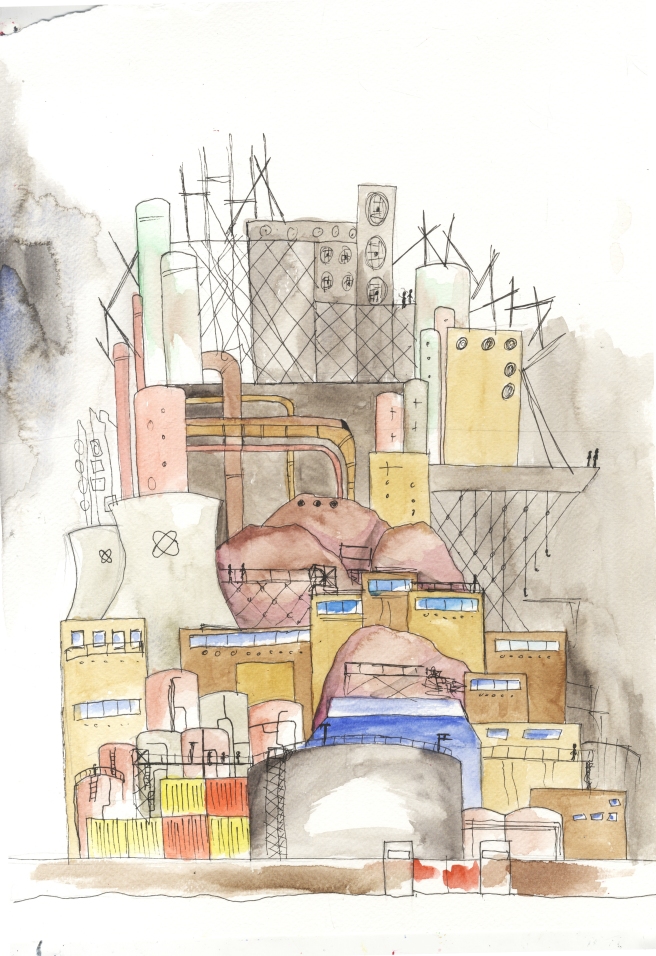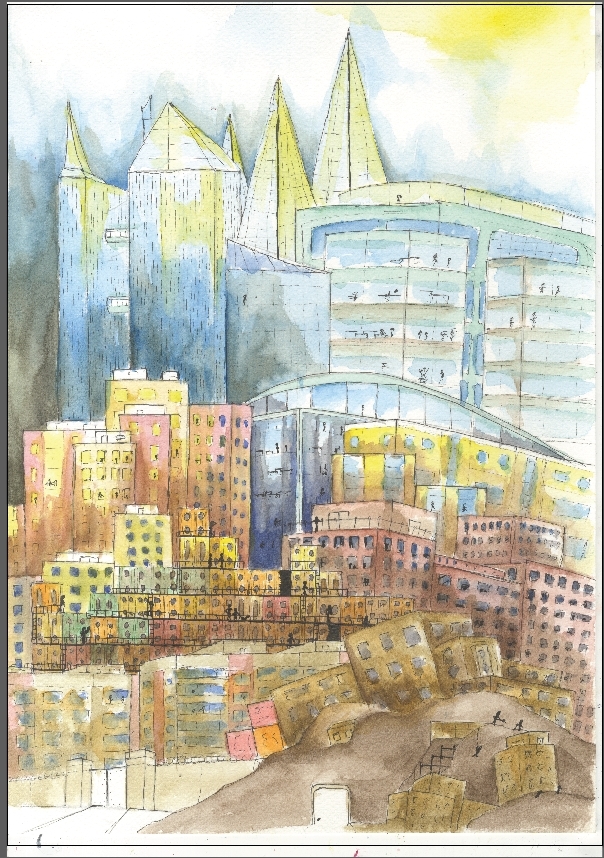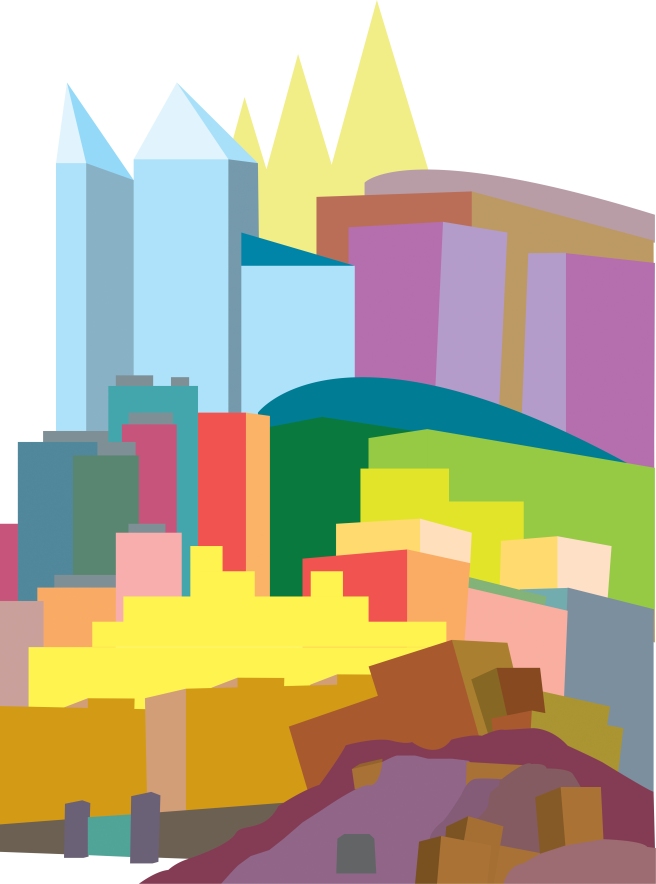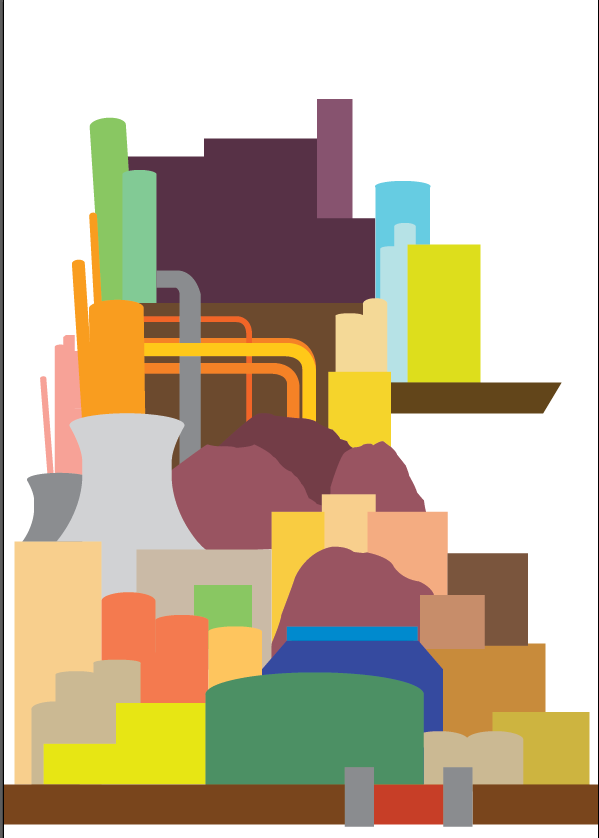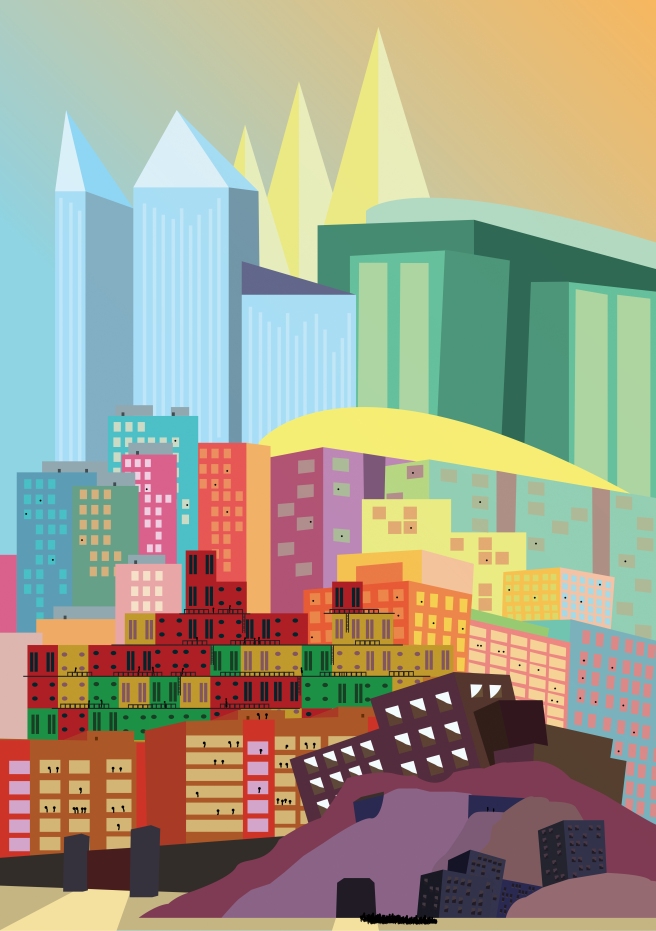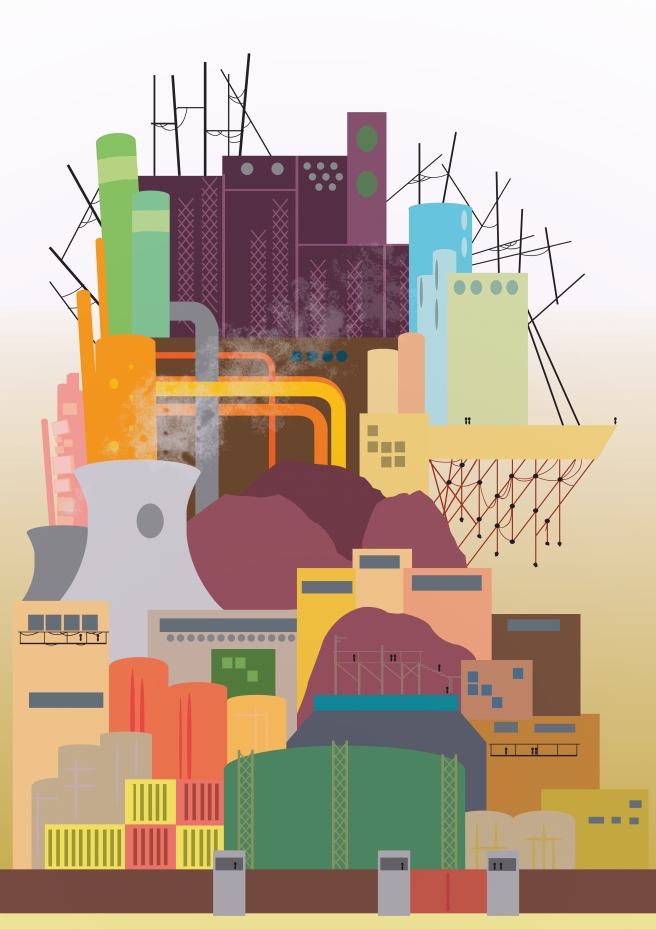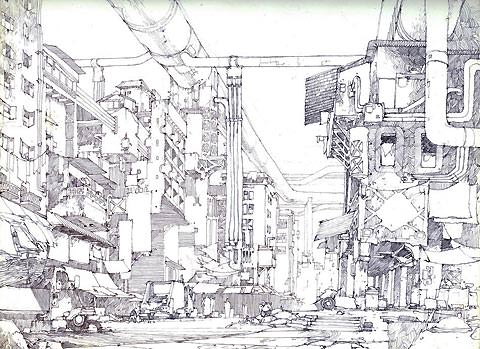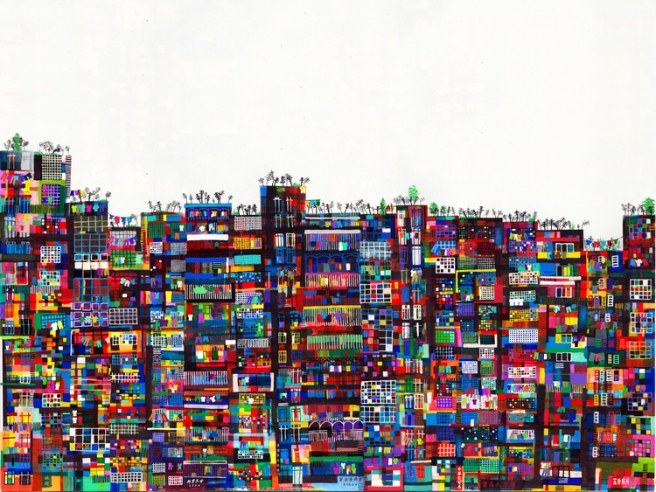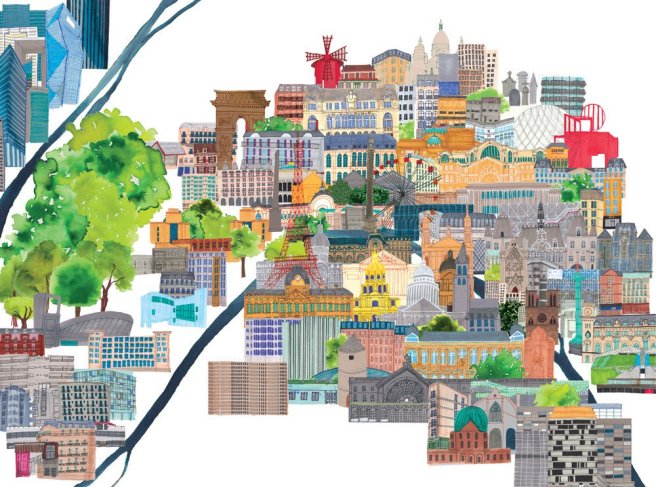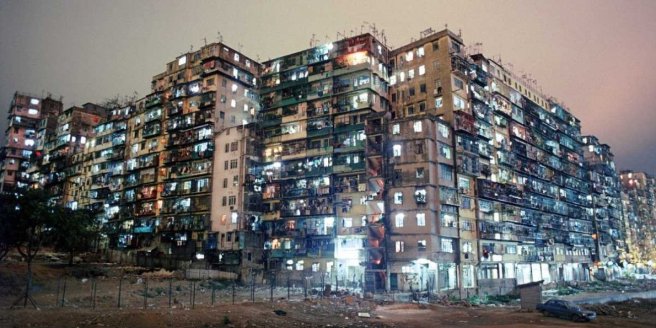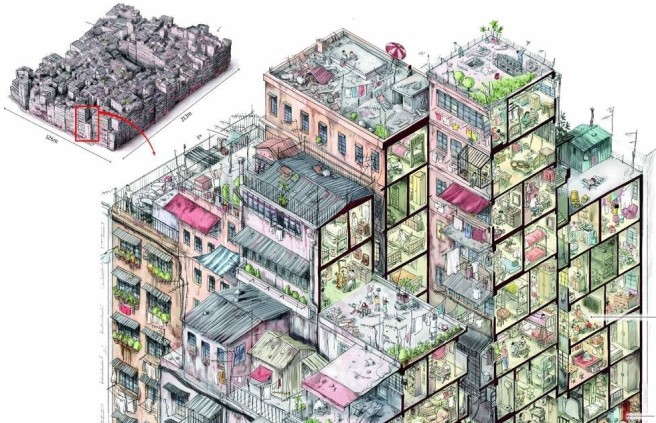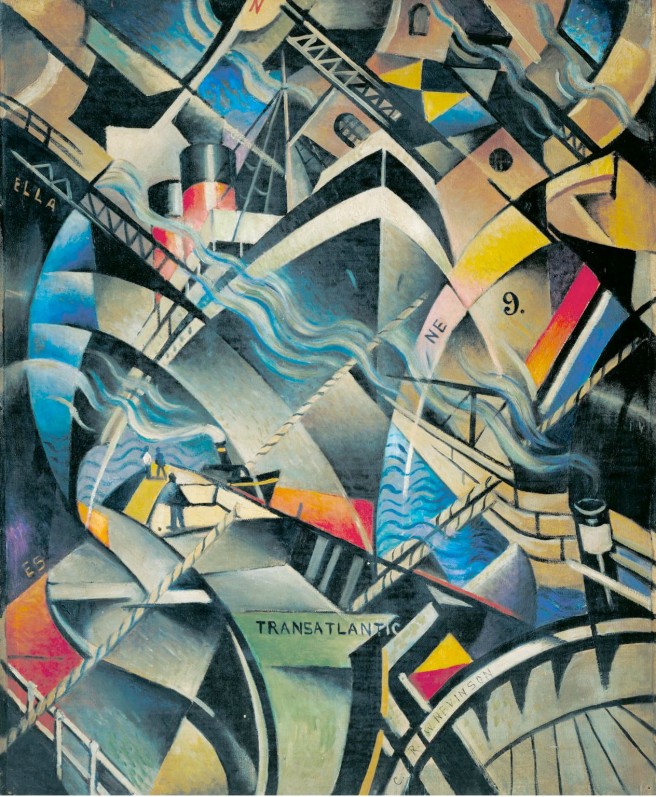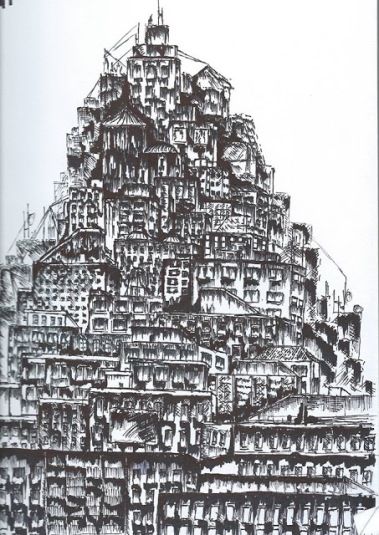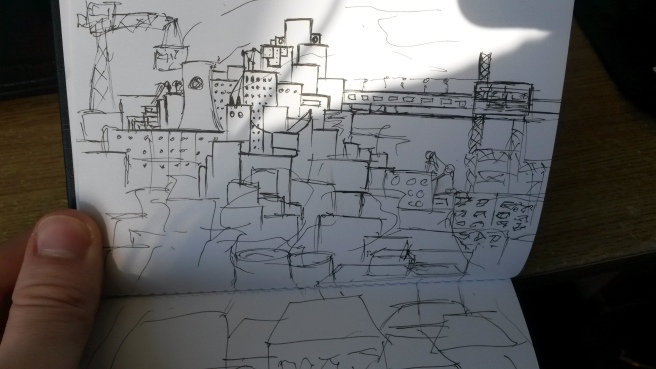In preparation for the final cities I did some observed drawings both directly and from online images of various buildings and shapes that I would want to include in them just so I had more reference and wasn’t designing the final pieces blind.
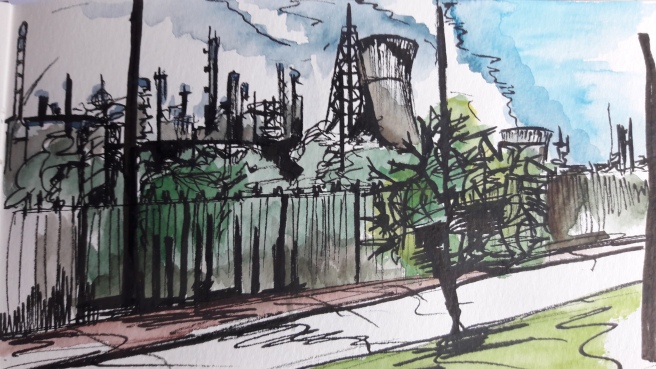
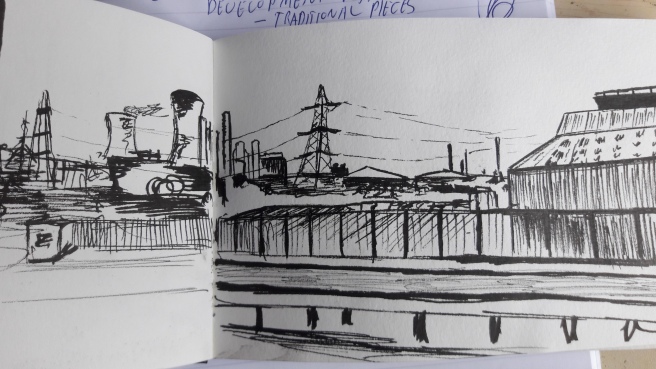
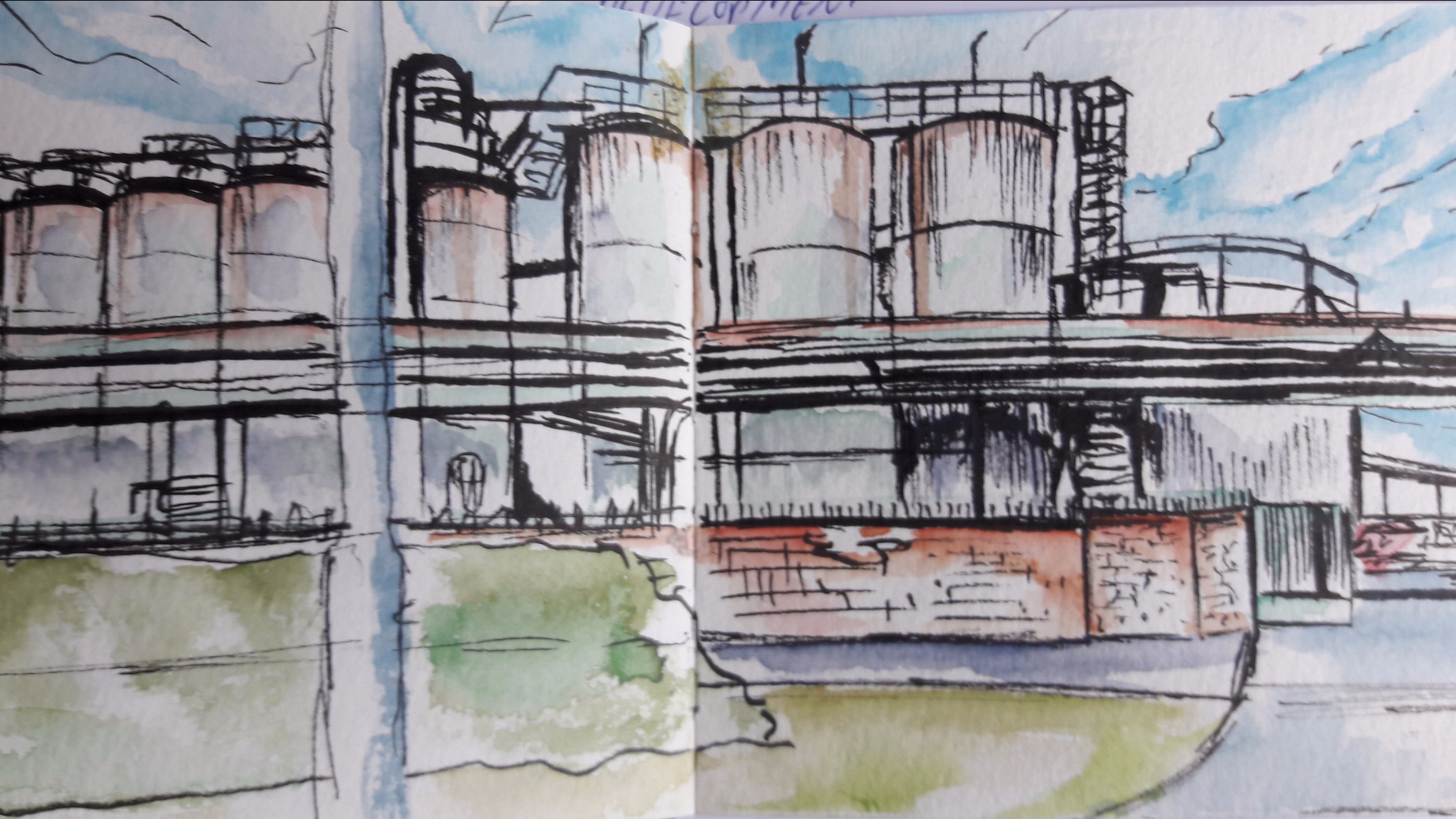
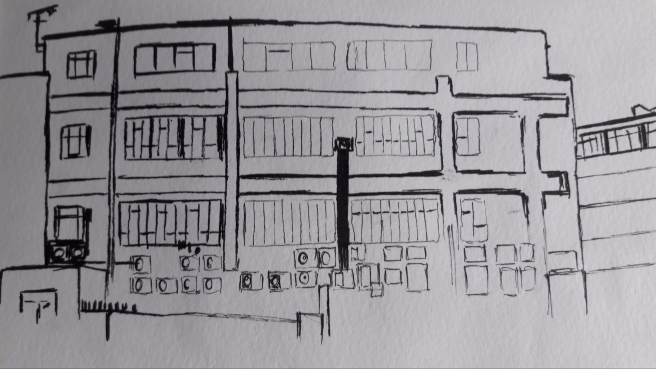
These first four were based on industrial landscapes. Early drawings of this sort of thing I found I overused cooling towers and chimneys because that is the first thing I jumped to when I thought of an industrial landscape. Whilst these are common shapes found in them you can have more subtle differences from your standard nuclear plant cooling tower.
The landscapes of these four are all local buildings some of which I pass by occasionally. The familiarity helped me decide if it looked right or not.
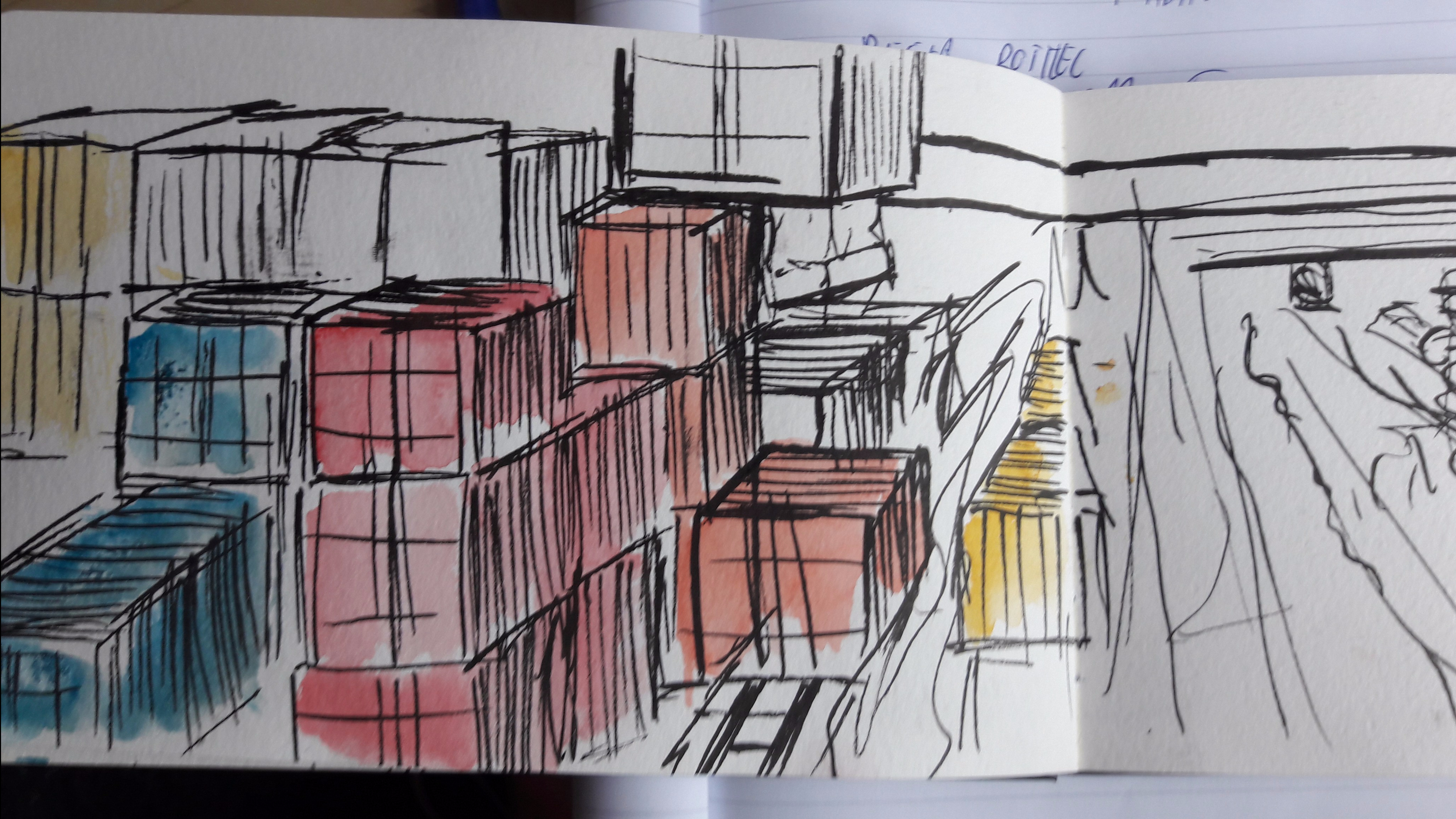
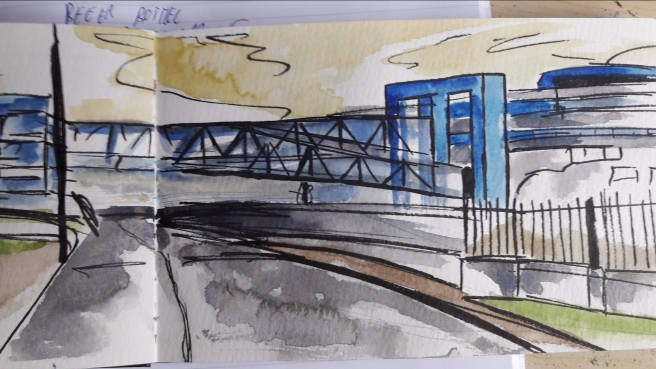

These pieces were for reference of shipping crates and loading areas, landscapes I could use in both the industrial and residential pieces. The main thing I took from this was how shipping containers seem to be piled up randomly rather than evenly, probably because different amounts of the same thing are organised together. It led me to make my shipping container towers more randomly laid out rather than clean and organised giving a more varied silhouette.
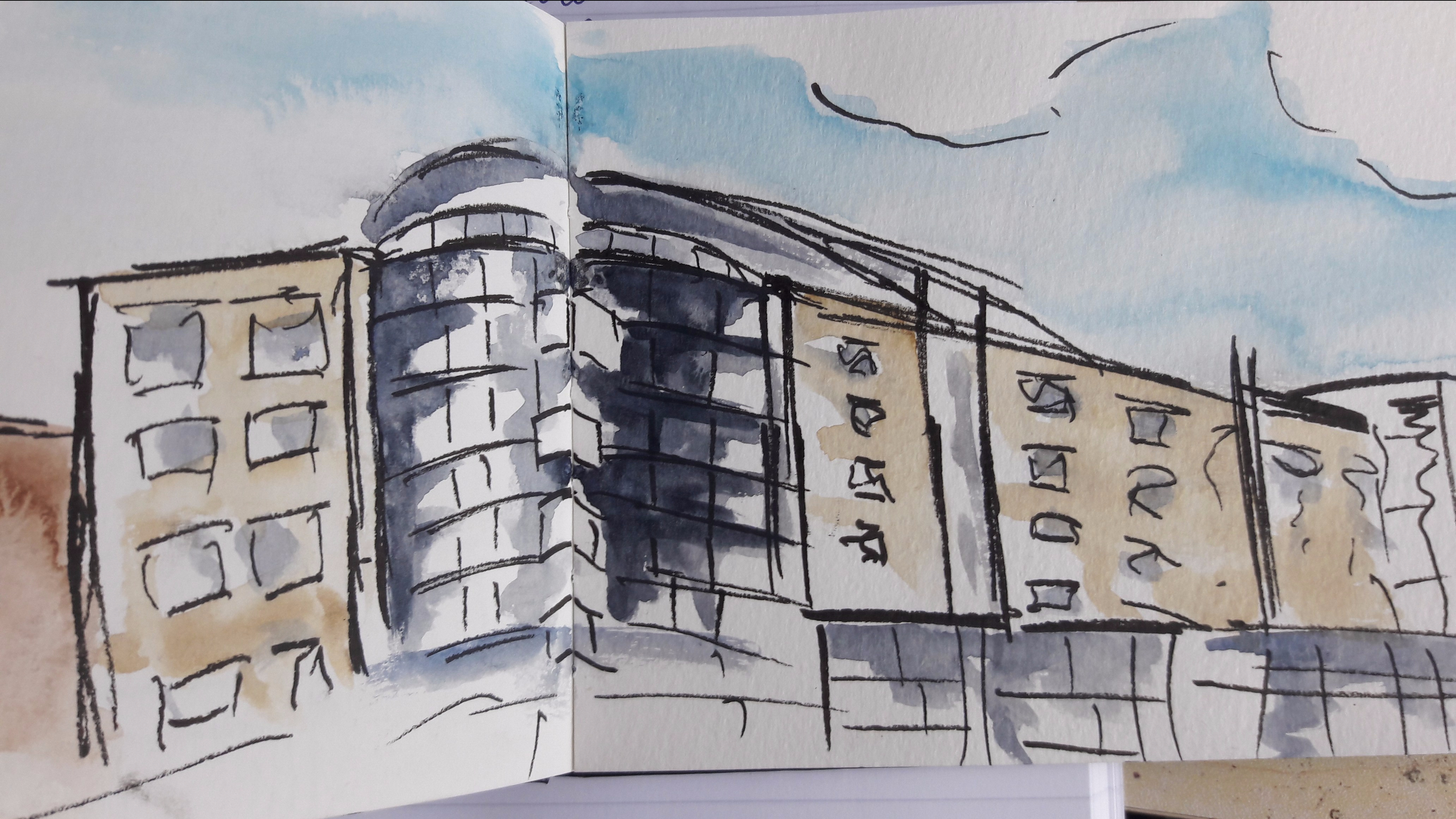
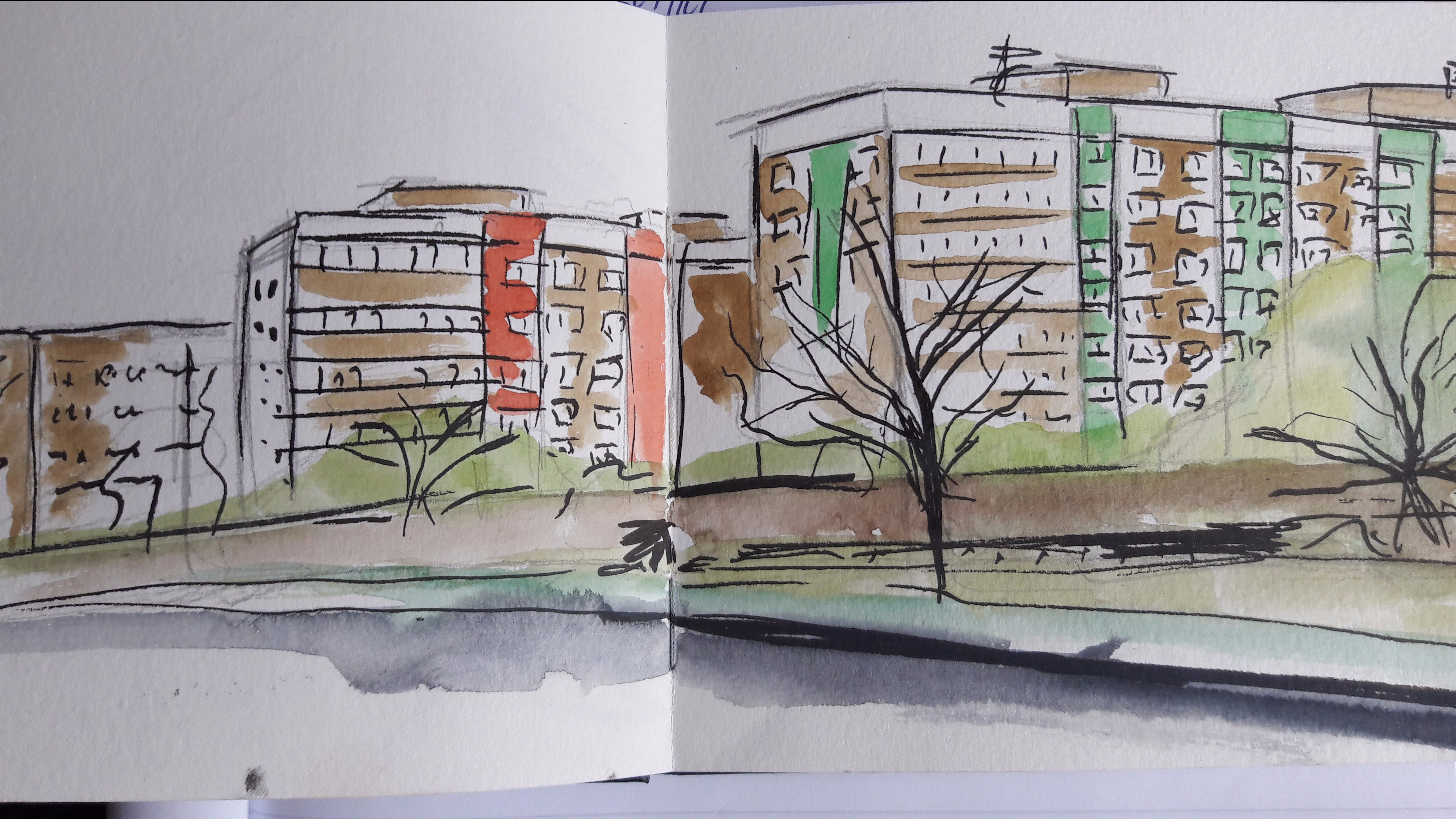
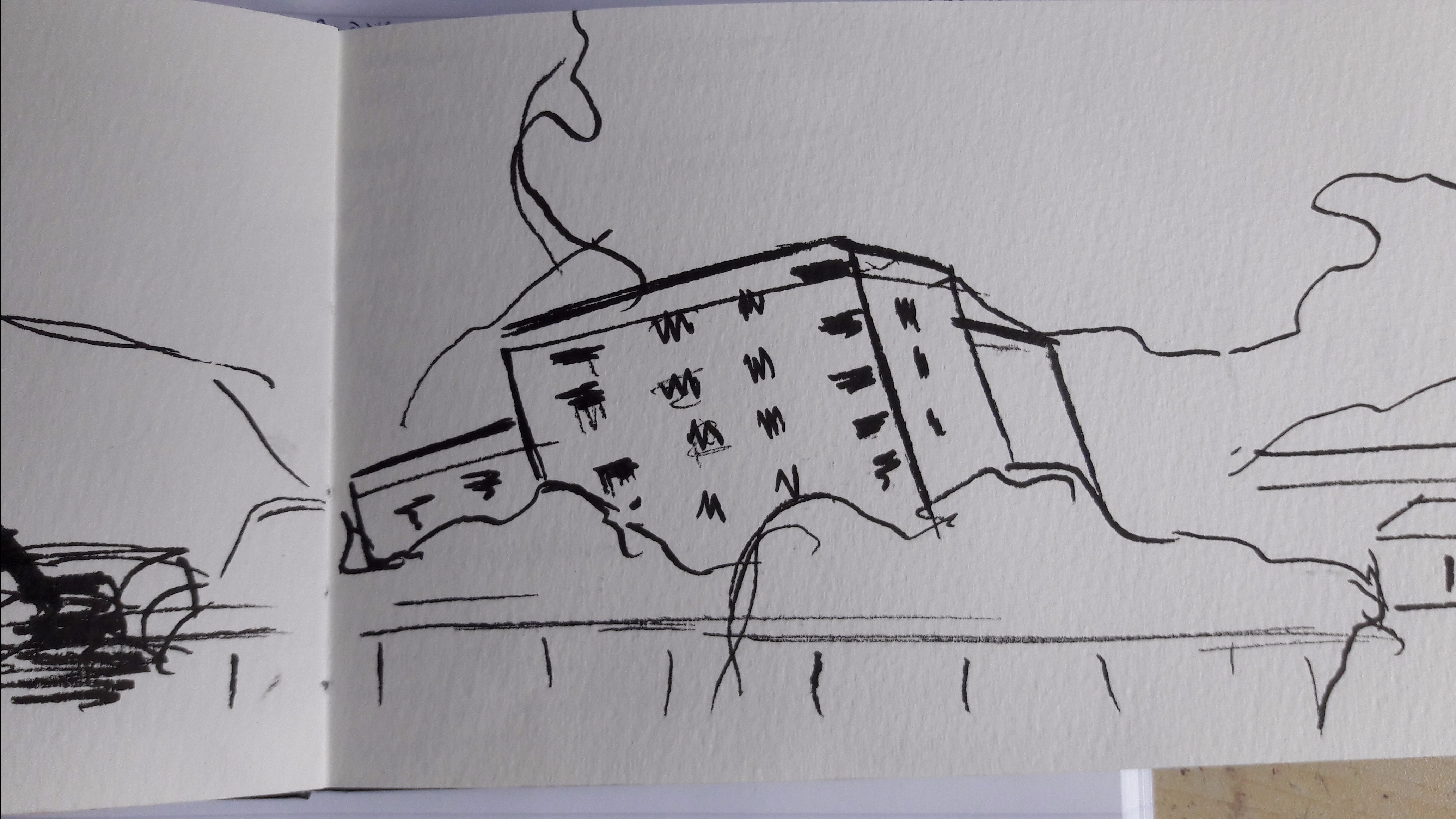
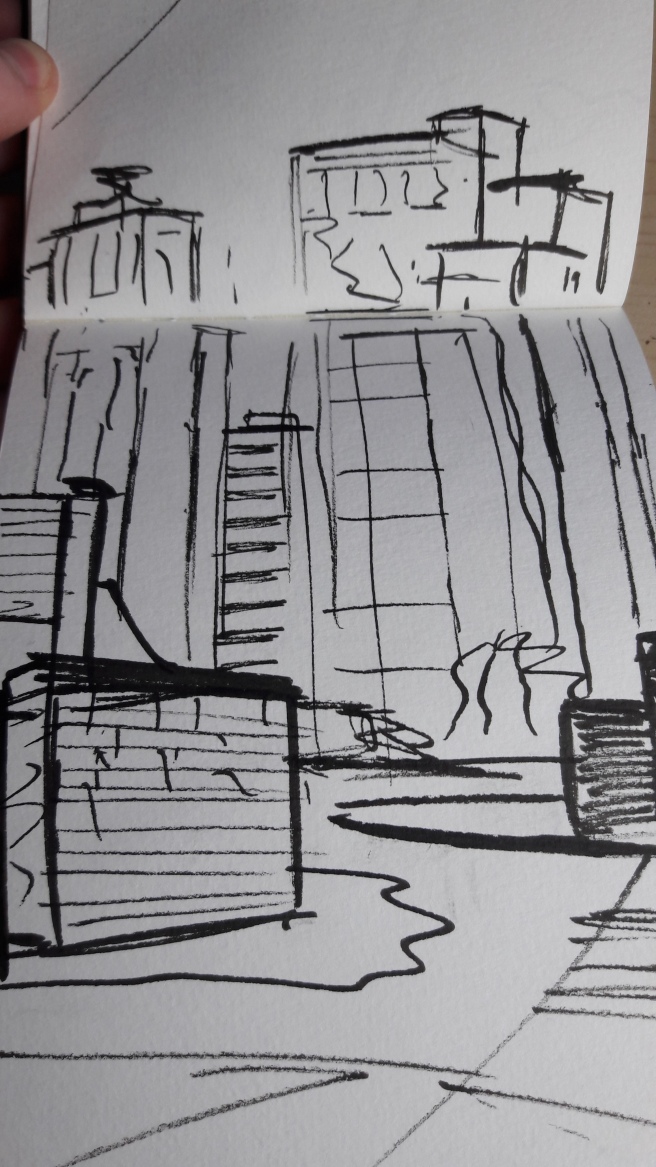
These three pieces were based off of different shaped tower blocks and residential areas to live. These studies were so that so that the towers in my piece were varied and not just a bunch of flat rectangles with windows on them. I wanted to find details to make them look a little individual and some shapes to add to them. The second image was taken from a photograph of a flat being demolished. The smoke when I drew it looked a bit like the building was half buried in rubble. I used this on the lower part of the city to suggest that the lower down you are the more squalor you live in.
These last two pieces were just sketches of possible patterns to add on windows and walls. The left one I did after the final pieces were made as an idea for a future piece to make a building front of lots of different varied shapes rather than the standard layout of grid windows.


